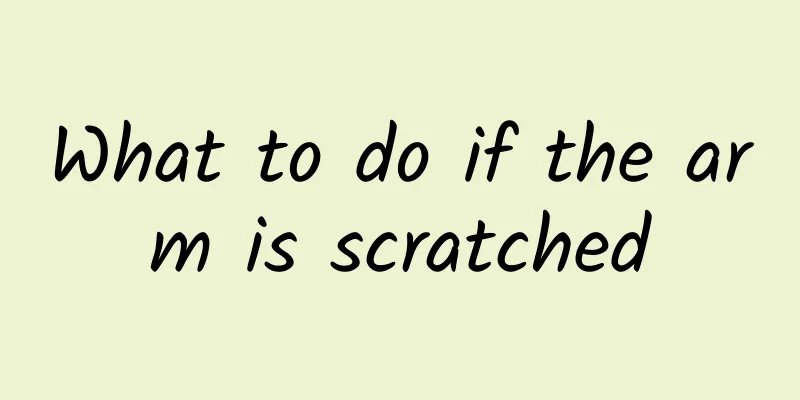Symptoms of scapula bursitis

|
Scapular bursitis is a common disease. We know that the scapula is the largest bursa in the body. If acute or chronic injuries occur and are not treated well, inflammatory stimulation may cause inflammation of the bursa, and eventually symptoms of bursitis will appear, often causing pain in patients, limiting their ability to move, and causing tenderness. If it is more serious, it may cause muscle atrophy. Symptoms of scapular bursitis 1. General symptoms Pain, limited movement and localized tenderness are the main symptoms of subacromial bursitis. The pain gradually increases, is more severe at night, and worsens with movement, especially during abduction and external rotation (compression of the bursa). The pain is usually located deep in the shoulder, involving the insertion point of the deltoid muscle and other areas, and may also radiate to the scapula, neck, and hands. 2. Local symptoms: There are tender points in the shoulder joint, under the acromion, greater tuberosity, etc., which may shift with the rotation of the humerus. When the bursa is swollen and filled with fluid, there will be tenderness in the entire shoulder joint area and deltoid muscle. To relieve pain, patients often place the shoulder joint in adduction and internal rotation to reduce the squeezing stimulation of the bursa. As the bursa wall thickens and adhesions form, the range of motion of the shoulder joint gradually decreases and eventually disappears completely. In the late stage, atrophy of the shoulder girdle muscles can be seen.The treatment first involves identifying the primary cause and then administering targeted treatment. Treatment in the acute phase includes rest, anti-inflammatory analgesics, physical therapy, acupuncture, and placing the affected limb in an abducted and externally rotated position. Local injection of steroid hormones has a better effect. In addition to the above-mentioned therapies in the chronic stage, emphasis should be placed on rehabilitation treatment that does not increase pain, mainly to restore the movement function of the shoulder joint on three axes. For those who fail to respond to conservative treatment, surgical treatment may be considered, including bursectomy, scraping of calcified foci of the supraspinatus tendon, resection of the acromion and coracoacromial ligament, and other plastic surgeries. |
<<: How to Surgery for Scapula Osteoma
>>: How to treat scapula fracture
Recommend
Why does my child always fall down while walking?
Children are prone to encounter dangerous situatio...
Is it good to eat durian when you have a cold?
When you have a cold, you should pay attention to...
What diseases can Ginseng Shunqi Powder treat?
Among all Chinese medicinal herbs, ginseng is a r...
Which one is better, Qizhendan or Feierwan?
In modern life, people have created a lot of condi...
Why do I always want to pee?
If you always want to urinate, you need to rule o...
What to do if blisters and itching occur after applying Sanfu plaster
There are actually many reasons for skin blisteri...
Symptoms of cerebral palsy in seven-month-old babies
The body of a seven-month-old baby with cerebral ...
Urine routine indicators
I believe that many patients who have been to the...
Believe in the "Six Don'ts" and live a healthy lumbar spine until old age
Lumbar disc herniation is a common and frequently...
What medicine should I take for cerebral vasospasm? Systemic treatment is recommended
For cerebral vasospasm, we can alleviate the symp...
What to do if your cervical spine hurts when you sleep at night
For patients with cervical spondylosis, sleeping ...
What causes rotten mouth corners
Sore corners of the mouth is a very common phenom...
Treatment of hydrocele, 3 dietary therapies recommended
Hydrocele is a male disease that occurs primarily...
What medicine should I use after a spider bite?
Generally speaking, the toxicity of the spiders w...
Itchy skin after chemotherapy
This is a normal reaction and may cause itching o...









